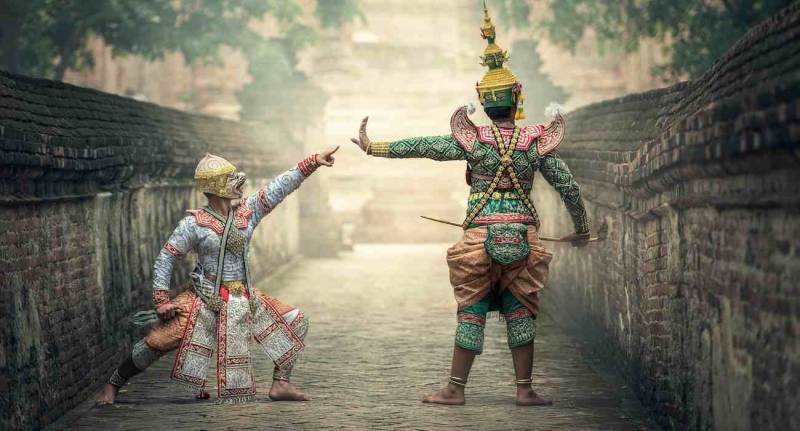Introduction
The history of Rajasthani culture begins when this region was the royal residence. Rajasthani culture and heritage have drawn tourists to the stunning state from both inside and outside of India. Rajasthani culture is characterized by its vibrancy, opulence, and stunning beauty. The numerous Rajput monarchs who controlled the state before the British administration gave it the name Rajasthan, which means "the abode of kings." Rajasthan's unique culture is the result of centuries of Rajput, Maratha, and even Muslim control over the region. The state is home to a vibrant collection of magnificent structures, vast forts, enchanted palaces, vibrant folk dances, appealing handicrafts, and some mouthwatering treats that are exclusive to Rajasthan. Share your thoughts at the Write For Us Culture category.
History
Rajasthan, the land of Kings, is a fascinating and enthralling state of India with royal splendor and a glorious history. It is renowned for its numerous valiant rulers, their exploits, and their passion for art and architecture. "The land of the rajas" is the meaning of its name. It was also known as Rajputana (the country of the Rajputs), a people whose chivalric traditions dictated social mores and whose politics were controlled by their frequent, acrimonious, and lengthy feuds.The works of George Thomas and James Tod include the first recorded use of the word Rajasthan. However, "Gurjaratra" or Gurjarabhumi, the region of the Gurjars, included western Rajasthan and eastern Gujarat. The phrase "Rjwr," which means "the place or land of kings" in the local languages of the time, was eventually distorted.
Cuisine
The warlike lifestyles of its residents and the accessibility of resources in this dry region both had an impact on Rajasthani cuisine. Food that could be stored for several days and consumed cold was recommended. Cooking has been impacted by the lack of fresh green vegetables and water. Dal-Bati-Churma, Bikaneri Bhuji, bajre ki roti, lahsun ki chutney, ghevar, mawa kachori Mirchi Bada, Pyaaz Kachori, and Alwar ka Mawa (Milk Cake), as well as malpuas from Pushkar and rasgullas from Bikaner, are popular foods that Rajasthan is famous for.
Music and Dance
International acclaim has been accorded to the Ghoomar dance from Jodhpur Marwar and the Kalbeliya dance from Jaisalmer. A significant portion of Rajasthani culture includes folk music. The traditional Rajasthani cultures of Kathputli, Bhopa, Chang, Teratali, Grindr, Kachchhi Ghori, and Tejaji are a few examples. At fairs and festivals, as well as other auspicious occasions, the Ghoomer dance is performed. The word "Ghoomer" comes from the word "ghoomna," which refers to the flowing Ghagra, a long skirt worn by Rajasthani ladies. Amazing grace is displayed as the skirt flares gently as the women folk twirl while their faces are concealed by the veil. In the Ghoomar dance, the dancers sway in bright ghagras that are embroidered with intricate detail and adorned with mirror work, jewelry, and glass bangles.
The Bottom Line
Because of its ancient forts, palaces, art, and culture, Rajasthan is one of the most visited places in India. Many tourists, both domestic and foreign, favor visiting the palaces in Jaipur, the lakes in Udaipur, and the forts in the Indian and foreign deserts of Jodhpur, Bikaner, and Jaisalmer.









